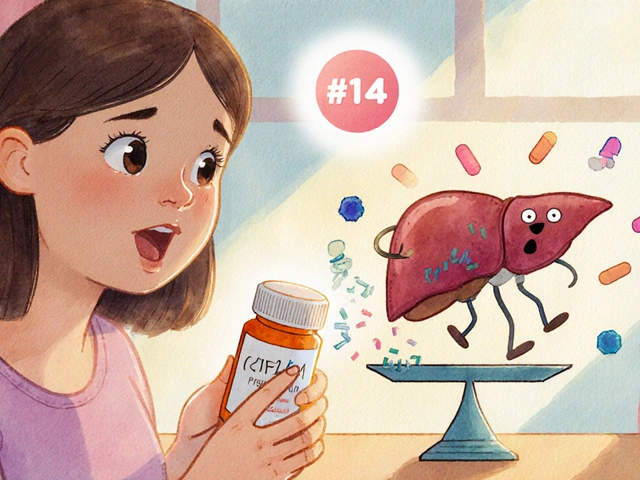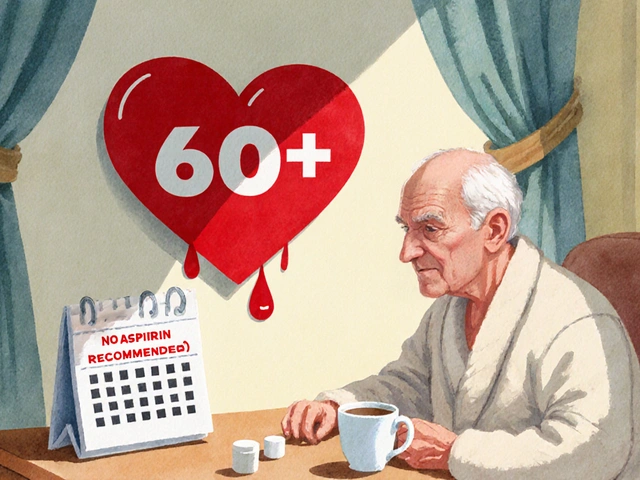Checkpoint Inhibitors: A Practical Guide
When exploring checkpoint inhibitors, a class of cancer immunotherapy drugs that unleash the immune system to attack tumors. Also known as immune checkpoint blockers, they target proteins like PD‑1, PD‑L1, or CTLA‑4 to lift the brakes on T‑cells. These agents have reshaped treatment for melanoma, lung cancer, kidney cancer and more. In this intro we’ll break down the science, the main drug families, the safety picture, and why getting them from a reputable source matters.
Checkpoint inhibitors belong to the broader field of immunotherapy, treatments that harness the body's own immune response to fight disease. Unlike chemotherapy, which directly kills rapidly dividing cells, immunotherapy teaches the immune system to recognize and destroy cancer cells. This shift means doctors often look for biomarkers such as tumor mutational burden or PD‑L1 expression before prescribing. Understanding these markers is a key step because checkpoint inhibitors only work when the tumor presents the right signals.
Within the checkpoint inhibitor family, two sub‑classes dominate the market. PD‑1 inhibitors, drugs that block the programmed death‑1 receptor on T‑cells, preventing the tumor from turning off the immune attack include pembrolizumab and nivolumab. They’re commonly used for non‑small cell lung cancer and melanoma. The second group, CTLA‑4 inhibitors, agents that block the cytotoxic T‑lymphocyte‑associated protein 4, another checkpoint that dampens T‑cell activity, features ipilimumab, often combined with a PD‑1 blocker for stronger responses. These drugs have distinct dosing schedules and side‑effect profiles, so clinicians choose based on tumor type, prior treatments, and patient health.
Because checkpoint inhibitors rev up the immune system, they can also cause it to attack healthy tissue. This phenomenon is called immune‑related adverse events (irAEs). Common irAEs affect the skin, gut, liver, endocrine glands, and lungs. Early detection is crucial; most irAEs are manageable with corticosteroids or other immunosuppressants if caught quickly. The risk‑benefit balance is a daily conversation between oncologists and patients, especially for older adults or those with pre‑existing autoimmune conditions.
From a practical standpoint, getting checkpoint inhibitors safely mirrors the concerns we cover across the site: verifying pharmacy legitimacy, understanding pricing, and avoiding counterfeit products. While most patients receive these drugs through hospitals or specialty pharmacies, some explore online channels for cost savings. Our guides on buying cheap generics, spotting legit pharmacies, and comparing brand‑name versus biosimilar options apply here too. Always check that the supplier requires a valid prescription, is accredited by national regulatory bodies, and offers clear contact information. Skipping these steps can lead to ineffective treatment or dangerous side‑effects.
Below you’ll find a curated collection of articles that dive deeper into each of these topics—drug comparisons, safety tips, dosing details, and real‑world patient experiences. Whether you’re a patient, caregiver, or healthcare professional, the posts ahead give you actionable insights to navigate checkpoint inhibitor therapy with confidence.
27
Immunotherapy's Impact on Carcinoma Treatment: Current Strategies and Future Directions
Explore how immunotherapy reshapes carcinoma care, from checkpoint inhibitors to CAR‑T cells, biomarkers, combos, and regulatory updates in a clear, practical guide.
Latest Posts
Popular Posts
-
 Rifampin and Birth Control: What You Need to Know About Contraceptive Failure Risks
Rifampin and Birth Control: What You Need to Know About Contraceptive Failure Risks
-
 Aspirin Therapy for Heart Disease Prevention: Who Should Take It in 2025?
Aspirin Therapy for Heart Disease Prevention: Who Should Take It in 2025?
-
 Age-Related Hearing Loss: Understanding Presbycusis and Effective Amplification Strategies
Age-Related Hearing Loss: Understanding Presbycusis and Effective Amplification Strategies
-
 Medication Reminder Strategies: Apps, Alarms, and Organizers for Better Adherence
Medication Reminder Strategies: Apps, Alarms, and Organizers for Better Adherence
-
 Cognitive Biases: How Your Beliefs Shape What You Say and Do
Cognitive Biases: How Your Beliefs Shape What You Say and Do



